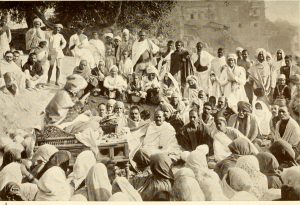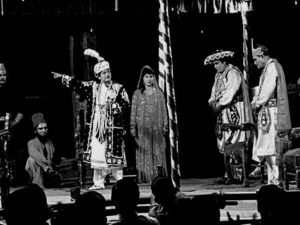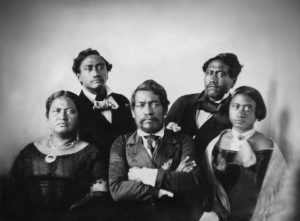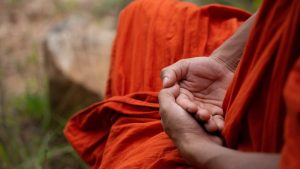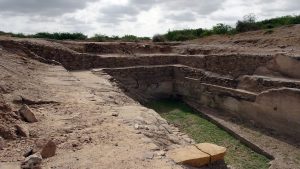In the rich tapestry of Bengali culture, few art forms capture the essence of tradition, storytelling, and community spirit quite like Jatra Pala. Originating in rural Bengal centuries ago, Jatra Pala, often referred to simply as Jatra, is a vibrant and dynamic form of folk theatre that continues to captivate audiences with its colorful performances, melodious music, and compelling narratives. In this article, we delve into the fascinating world of Jatra Pala, exploring its history, evolution, and enduring significance in Bengali theatre culture.

